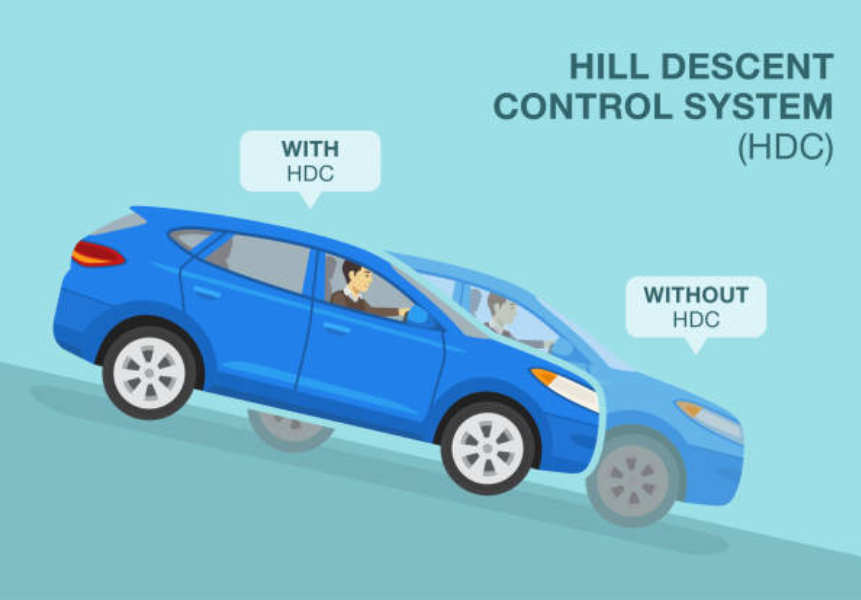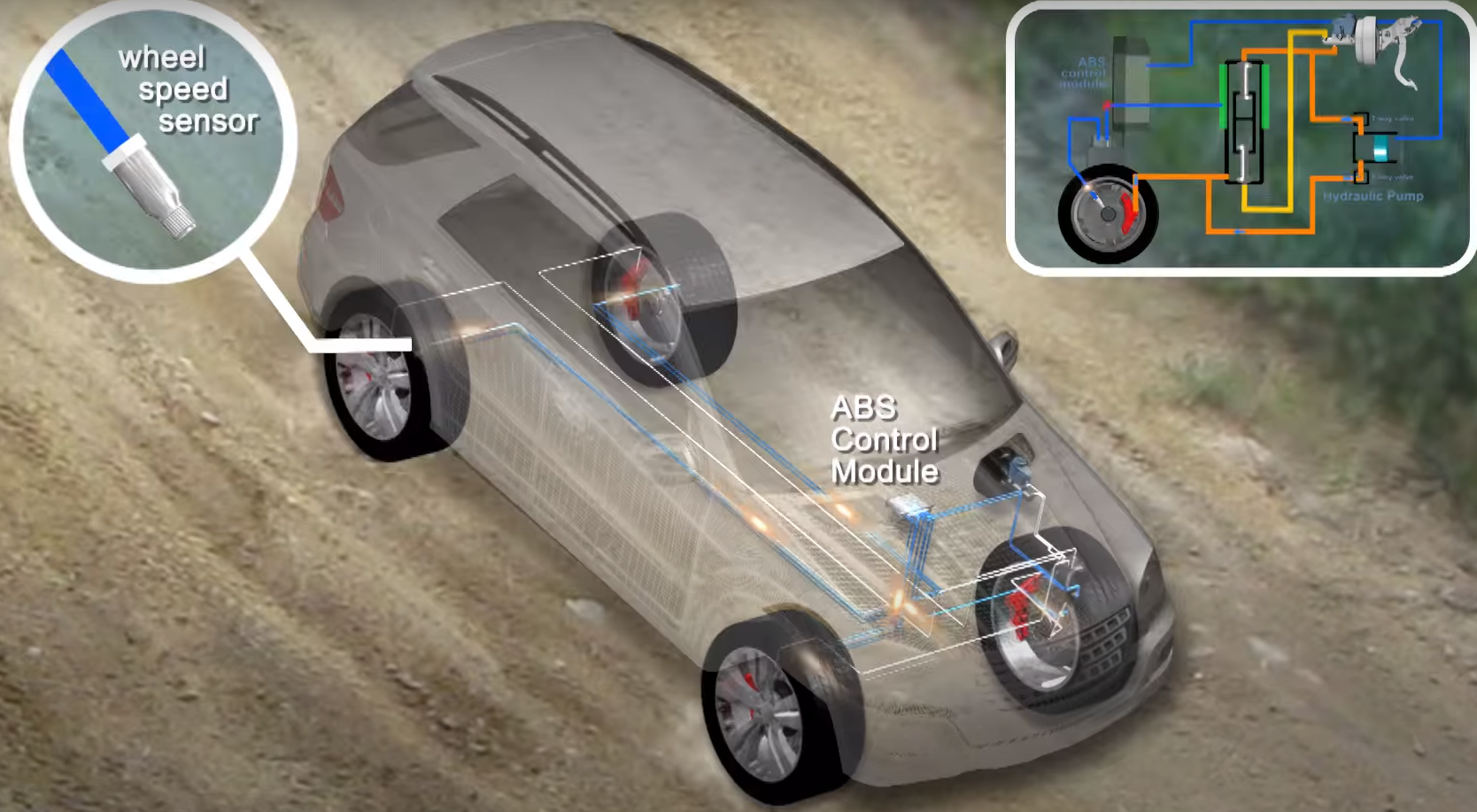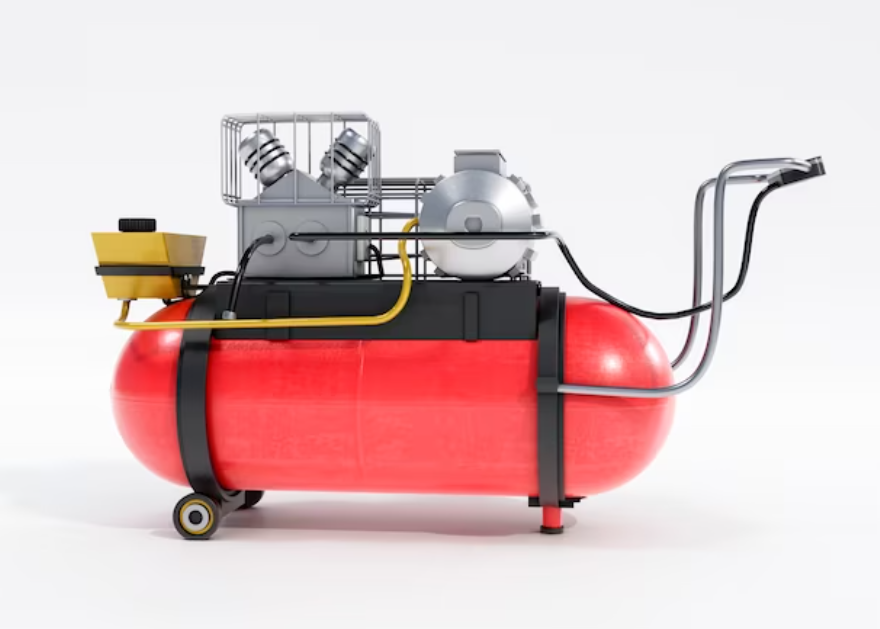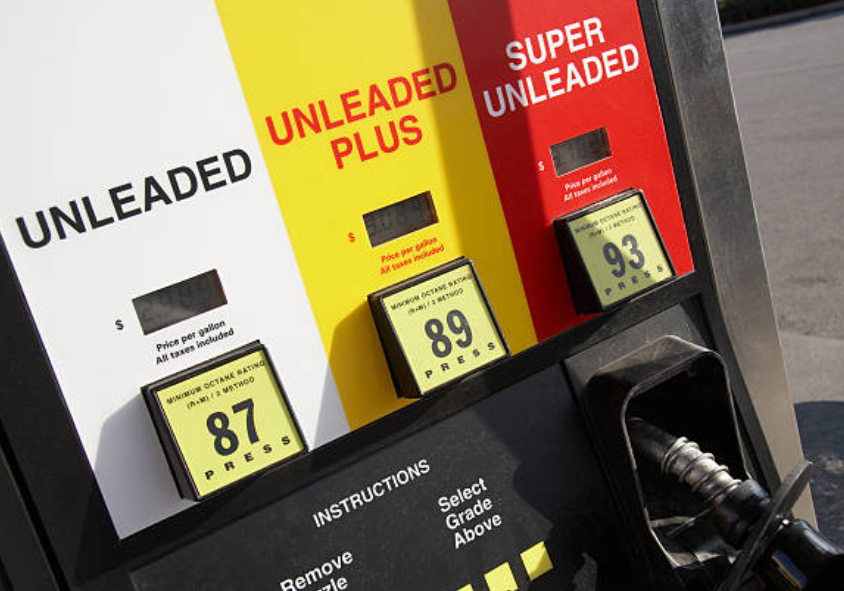Exploring the Benefits of Hill Descent Control
When driving in rugged terrain, it can often be daunting. From navigating dips and bumps to managing rocky cliffs, these off-road journeys often require a high level of skill and precision. Luckily, there is one feature that offers drivers some peace of mind: Hill Descent Control (HDC). HDC technology helps you control your vehicle’s speed when descending hills or slopes by electronically modulating the brakes so you don’t have to manually manage the pressure yourself. In this blog post, we will explore how this innovative aid works and lend insight into its many benefits for motorists on uneven surfaces.

Understanding Hill Descent Control (HDC)
Hill Descent Control, often abbreviated as HDC, is an advanced driver-assistance feature designed to assist drivers when descending steep slopes. It's particularly useful in off-road situations where maintaining vehicle control while descending can be difficult due to factors like slippery surfaces, loose gravel, or uneven terrain. HDC helps the driver maintain a consistent and controlled speed, enhancing both safety and confidence in challenging conditions.
Hill Descent Control (HDC) is an advanced vehicle feature that ensures a safe and controlled descent on steep slopes, especially in off-road environments. Upon activation, HDC utilizes sensors to monitor various parameters like wheel rotation, throttle position, and slope angle. The driver can set a desired descent speed, and the system takes over, individually applying and releasing the brakes on each wheel as needed to prevent skidding and maintain traction.
This intricate control, sometimes coupled with engine management adjustments, results in a smooth and stable descent. HDC not only enhances safety and stability during challenging descents but also empowers drivers to navigate rugged terrains with confidence and ease.

-
Enhanced Safety: HDC reduces the risk of skidding, sliding, and loss of control when driving down steep slopes, thereby increasing safety for both the driver and passengers.
-
Reduced Braking Strain: HDC takes over the braking responsibilities, preventing the need for the driver to constantly apply and release the brakes manually.
-
Less Driver Fatigue: By eliminating the need for constant brake modulation, HDC reduces driver fatigue during prolonged off-road journeys.
-
Improved Traction: By preventing wheel lock-up and maintaining optimal traction, HDC ensures that the vehicle maintains stability even on challenging surfaces.
-
Confidence Booster: HDC provides drivers with the confidence to tackle descents that might have been intimidating otherwise, expanding the possibilities for off-road exploration.
-
Preserves Brake Pads: The controlled braking applied by HDC reduces wear and tear on the brake pads during prolonged descents.

When driving on hills with Hill Descent Control (HDC), prioritizing safety is paramount. Activate HDC at low speeds before descending, maintain a safe following distance, and keep your hands on the wheel to be ready for any adjustments. Adjust the descent speed to match the terrain and engage a low gear for optimal engine control. Monitor conditions, avoid sudden movements, and be prepared to intervene manually if needed.
While HDC provides excellent assistance, remain cautious, and remember that it's not a substitute for attentive driving. Deactivate HDC appropriately and ensure your vehicle is well-maintained before embarking on steep descents. By adhering to these safety guidelines, you can make the most of HDC while navigating challenging hills with confidence and control.
-
Is HDC a substitute for attentive driving?
No, HDC is a driver aid that enhances safety, but it doesn't replace attentive driving. Always keep your hands on the wheel and be prepared to intervene if necessary.
-
Can I use HDC for uphill driving?
No, HDC is specifically designed for descending slopes. It doesn't provide assistance for uphill driving.
View another aricle here: The 10 Best Bug Zappers For A Pest-Free Haven












